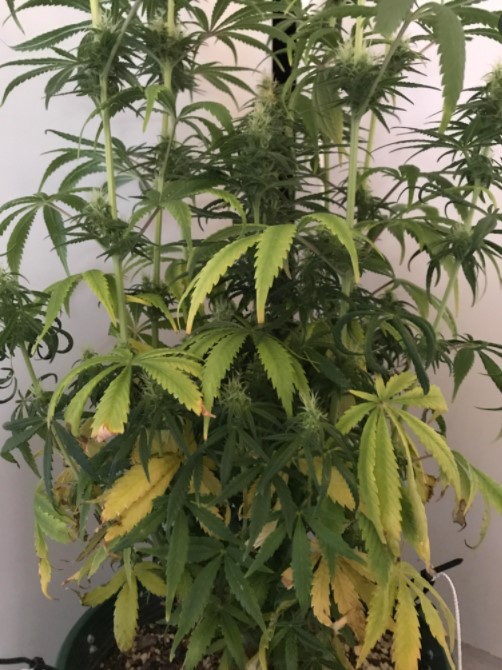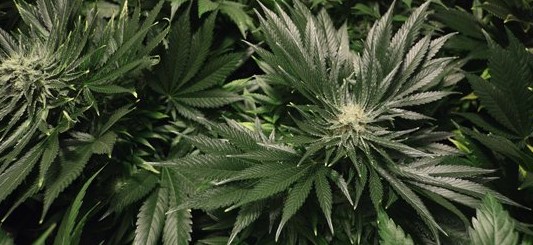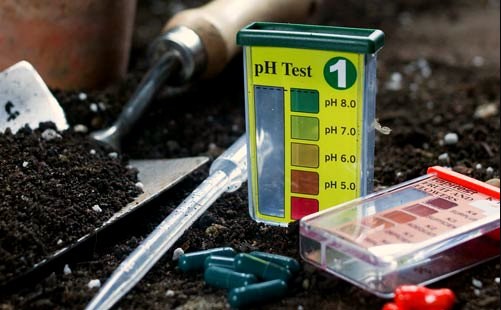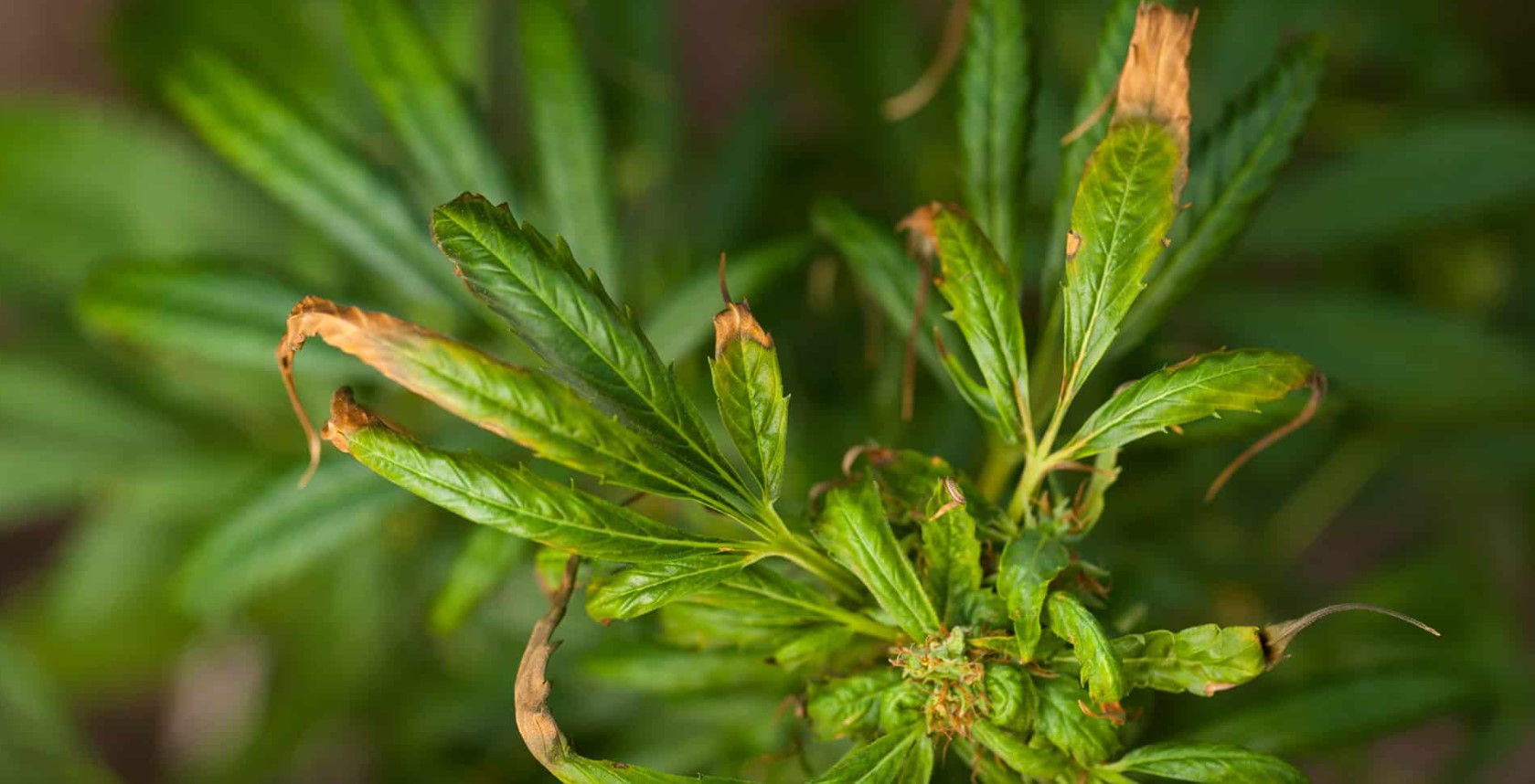Nitrogen deficiency in marijuana is the most common nutrient deficiency that beginner cannabis growers experience. Luckily, identifying and correcting a nitrogen deficiency can be quite easy.

Identifying Nitrogen Deficiency in Marijuana Plants
The symptoms of nitrogen deficiency in cannabis plants are:
- Slow and stunted growth – This can be difficult to see because it takes a lot of experience to be able to notice when your plants are not growing as they should.
- Overall Pale Green Color – Likely the first symptom you will see is an overall pale green color to the entire marijuana plant. This is caused by the lack of chlorophyll within the leaves caused by lowered nitrogen levels.
- Yellowing Leaves, starting from the bottom – The leaves on the bottom of the plant will become yellow starting from the edges of the leaves and slowly moving inward until the entire leaf has turned yellow. The leaf will then start to turn brown as it dies and will eventually fall off.
The key to understanding Nutrient Deficiencies
Nitrogen is a mobile nutrient. This means is the plant can move the available nitrogen from different places within the plant when it needs to. Because of this, you will see yellowing of the old-growth before you see yellowing of the new growth. When the plant realizes it is becoming nitrogen-deficient it will move the nitrogen from the lower leaves up into the new growth in an effort to continue growing.
Mobile nutrients are:
Nitrogen, Phosphorous, Potassium, Magnesium, Sulfur, Chlorine, Nickel
The immobile nutrients are:
Calcium, Boron, Copper, Iron, Manganese, Zinc, Molybdenum, Cobalt
(source)
Nitrogen toxicity – Too much nitrogen
Too little nitrogen available to your cannabis can be just as bad for your plants. Nitrogen isn’t a growth booster for your plants. Nitrogen is food for your plants. Give it too much and you will have side effects. Same with humans, if you eat too much you will have health problems.
The symptoms of Nitrogen Toxicity are:

Dark Green Leaves – At low levels of nitrogen toxicity, the leaves on your plants will appear a lot darker green than normal. Some beginners mistake this for a sign your plants are flourishing when in fact it is the first sign of toxicity.
- Leaf Claw – Leaves on the plant will begin to drop downwards and start to look like a “claw”
- Inhibits Flowering – If too much nitrogen is given during flowering it can inhibit the formation of buds.
The key to optimum health of your cannabis plant is finding and maintaining the proper balance of nutrients. Finding that nutrient balance is one of the trickiest things to try and learn.
Correcting nitrogen deficiencies
If any of your plants are looking like they need nitrogen all you have to do is increase the base nutrient formula that you are using. Always start off by increasing your fertilizer slowly, I will increase the number of nutrients I am using by about 10 to 20% each time until I hit the sweet spot and I notice improvement. You do not want to expect improvement overnight. In fact, even after you give your plants extra nutrients you might see your plants continue to get worse before they get better.
If you are using organic fertilizers…
The nutrients in organic-based fertilizers are not readily available to your plants. This means it may take up to a week or more before you start to see improvement with your plants. This is because the microorganisms in the soil will first have to break down the nutrients before it’s available to your plants.
If you are using synthetic fertilizers…
For those that are using a chemical-based fertilizer, you can start to see results much sooner, sometimes even a day or two. The nutrients within these fertilizers are readily available to the plant and don’t need to break down. I like to remind people that a lot of cannabis-specific nutrients out there are “marketed” as if they are organic/natural when it is actually a synthetic blend. Although it is deceptive and I’m against deceiving others, “synthetic fertilizers” aren’t a bad thing. Many people falsely people that “organic and natural” is better.
I have used both organics and synthetics and I recommend both. It entirely depends on your growing style. I bring this up so you are aware you might be using a synthetic blend, simply expect faster results.
Many growers cut back too much and too soon on the amount of nitrogen given to their plants. You only want to cut back on the amount of nitrogen given to your plants by about 10% during flowering. As you start to towards the last 2 weeks you can start to cut down slightly more on the nitrogen.
pH and nitrogen deficiency
If you are experiencing nitrogen deficiency it might not be because their isn’t enough nitrogen in the soil. This is called nutrient lockup, the nitrogen is getting locked out and not allowing the plant to use it. This will happen if the pH in your soil is not in the correct range.

If you’re growing in an organic soil/dirt mixture with plenty of organic matter (manure, worm castings, etc) you don’t have to worry about pH. If you are using a synthetic blend of fertilizer in a soilless mixture such as coco and Promix or in hydroponics you are going to want to maintain your pH around 5.6 to 6.1.
I added more fertilizer and nothing is happening
You have to be patient. If you are using an organic fertilizer it can take over a week for the nutrients to get broken down and become usable for the plant. If you are using a synthetic based fertilizer you should see results within 3 to 4 days.
Keep in mind that you will not be able to restore the leaves that have already been dying off. You want to look for signs that other (older growth) leaves aren’t starting to go yellow. You should also start to see all of the leaves go from a pale green color to a slightly darker green color.
Are not seeing results and the problem is only getting worse? It is possible you do not have a nitrogen deficiency or that you have another deficiency or problem. Many times when you have one nutrient deficiency you will also have other nutrient deficiencies going on.

